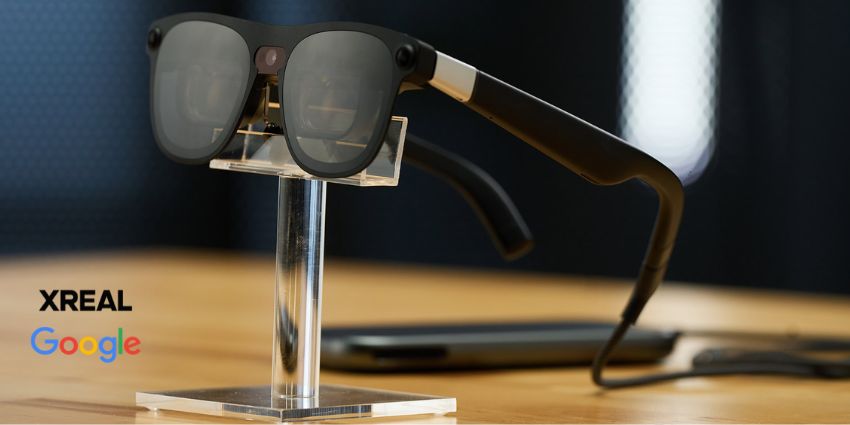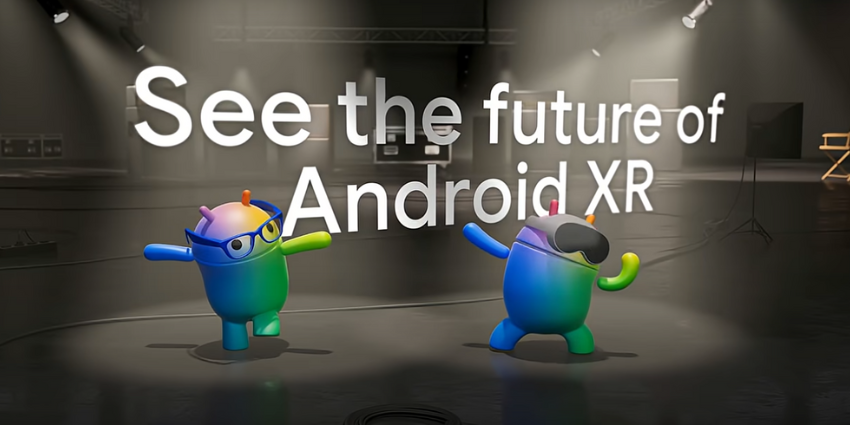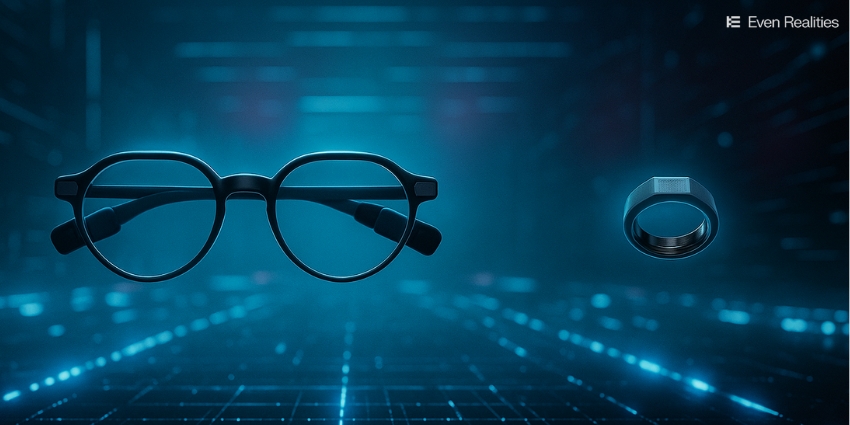According to a recent Reuters report, Snap is getting closer to securing a trademark registration for the term “Spectacles,” the name of the firm’s upcoming AR smart glasses, bringing the device slightly closer to consumers’ hands following a period of downtime.
The news comes after Snap struggled to secure the Spectacles trademark because it is a generic term, according to the USPTO, which also originally denied the trademark in 2020.
Snap has since revived interest in AR devices following a general rise in consumer interest in smart glasses spurred on by Meta and Apple. This seemingly highlights how Snap aims to introduce the device to the market following a lull in official updates.
Recent news highlighted how Snap and a Californian federal judge agreed that Spectacles is a valid trademark term for official federal registration.
Now, the USPTO is encouraged to allow Snap to trademark Spectacles if Snap can prove that consumers will associate the term with the company and its upcoming AR device.
Snap’s Attorney David Bernstein of Debevoise & Plimpton added:
[This is a] significant win that ensures that Snap finally will obtain its trademark registration for Spectacles.
Snap has not yet fully secured the trademark, but the move appears to make Snap optimistic.
Snap CEO Says Meta and Apple Will Follow its Lead in AR Smart Glasses
In a recent interview with CNBC, Evan Spiegel, CEO of Snap, explained that the Snap Spectacles AR smart glasses have reached their “5th generation.” The developer-only model is now ready for AR content creators to design new immersive experiences and applications. The goal is to launch smart glasses into the mainstream, a long-term objective shared by companies like Meta.
“I think we’re at a unique moment where both consumers and developers are really ready for something new,” said Spiegel, who was keen to highlight the developer opportunities in the Snap AR device. The CEO also explained that the latest Spectacles iteration contains a new operating system “based on natural interaction.”
Spiegel added:
You just use your hands and your voice to interact with augmented reality. What’s so exciting about Spectacles is that it brings us closer to our vision for people using computing together, grounded in the real world with their friends. That’s something we’ve been working on for a long time now.
Spiegel noted, “We’re at a bit of a watershed moment,” which could lead to the much-awaited upward adoption curve that AR hardware vendors are waiting for. The Snap CEO also added that “people are getting fed up with their screens and the way that they make them feel, and developers are feeling frustrated about developing for the smartphone platform.” This led to Snap’s development of smart glasses, which started a few years ago, alongside the development of an AR drone, which is now discontinued.
While Snap’s stock has experienced recent downturns, the firm believes a wealthy AR market allows Snap to invest in smart glasses confidently.
Furthermore, by entering the market as a device for developers, Snap can focus on building a potential ecosystem of content that could drive system sales, offering developers a much lower entry price than headsets from Meta and Apple. This comes with a $99 per month price tag.
Addressing Apple and Meta’s recent efforts to develop AR/MR devices, Spiegel mentioned, “We’ve yet to see augmented reality glasses from either of those companies, so it’ll be interesting to see if they follow our lead here.”
This comment raises questions for several reasons. Snap’s “lead” can be disputed, given that industry AR leaders like XREAL, Vuzix, Brilliant Labs, Even Realites, and RealWear already offer AR passthrough smart glasses. Additionally, Meta’s Ray-Ban Stories AR device has reportedly achieved great sales success. All the examples equally allow controllers to interact to a degree.
On the other hand, MR devices like the Apple Vision Pro and Meta Quest3 also support AR-style passthrough, although they are not lightweight smart glasses like Snap’s developer device. However, Snap’s Spectacles are less compact than other upcoming smart glasses products, such as Meta’s Ray-Ban Stories. Furthermore, since Snap’s device is intended for developers, its design could change once it is available to consumers.
While Snap remains capable of leading the AR race, established AR hardware companies are also striving for widespread adoption. Other leading technology firms like LG and Samsung are expected to introduce new devices, although these rumours are scarce.
Despite some challenges for Snap’s AR hardware in the past year, the company seems to be on track to becoming a leader in AR devices, even if it has not reached that point yet. Despite debates about which company is leading the smart glasses race, Spiegel emphasizes Snap’s enthusiasm for the technology.







